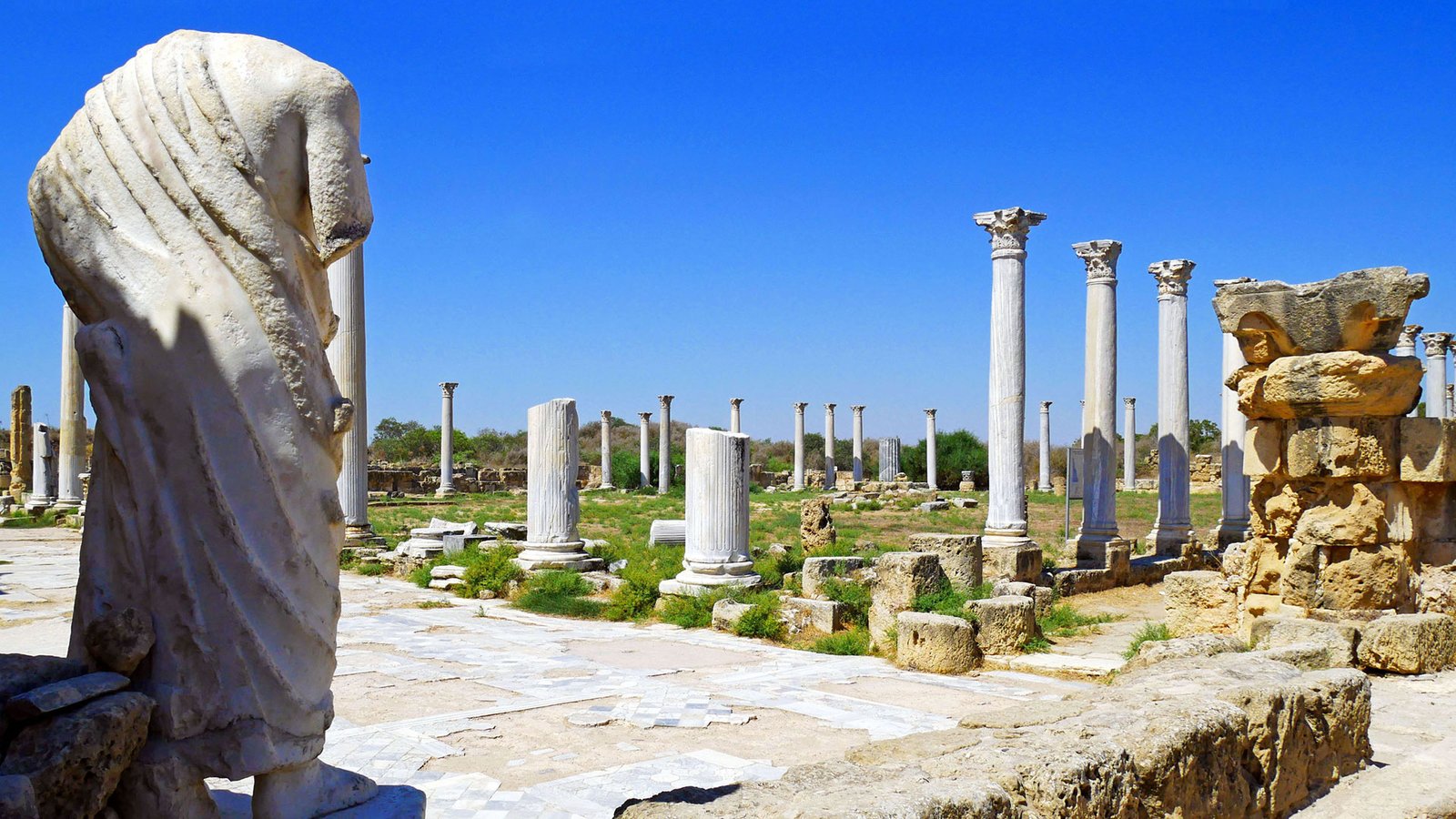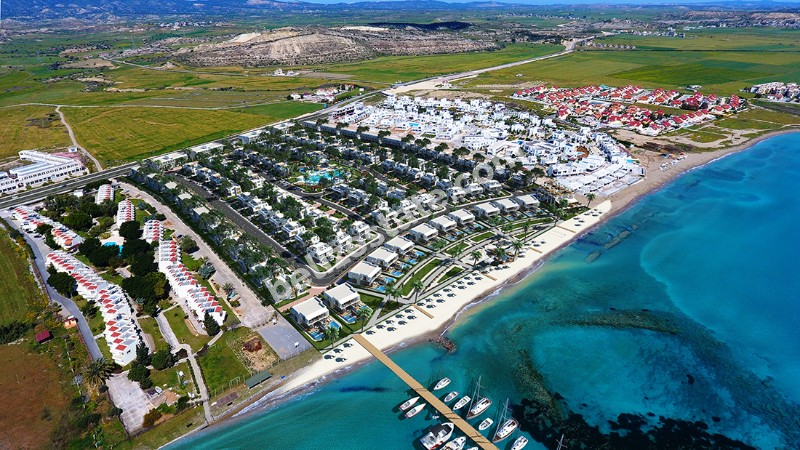Nicosia (Lefkoşa)
Nicosia, known as Lefkoşa in Turkish, is the capital of North Cyprus and the only divided capital city in the world, split between the Turkish Cypriot north and the Greek Cypriot south. Located at the heart of Cyprus, Nicosia is a city of historical intrigue, cultural diversity, and modern life. The city’s division is marked by the “Green Line,” a UN-patrolled buffer zone that physically separates the northern and southern sections. Despite this division, Nicosia retains a distinct character and is filled with fascinating historical sites, modern shopping areas, and cultural institutions.
Nicosia is ideal for travelers interested in both history and urban exploration, offering a unique blend of Ottoman, Venetian, and British influences. It’s a city that offers insight into the complex history of Cyprus and provides a range of attractions for curious visitors.
City Overview
History and Significance
As one of the oldest continuously inhabited cities in the world, Nicosia has a rich historical legacy that dates back to ancient times. It has served as an important political, economic, and cultural center for various empires, including the Byzantines, Lusignans, Venetians, Ottomans, and the British. The city’s division in 1974 has turned it into a symbol of Cyprus’s political situation. Today, Nicosia is a blend of tradition and modernity, with areas that have remained largely untouched and modern neighborhoods thriving with cafes, art galleries, and shops.
Climate and Best Visiting Seasons
Nicosia experiences a Mediterranean climate with hot, dry summers and mild, wet winters. Summer temperatures can reach 35°C, making spring and autumn more favorable for exploring the city comfortably.
Getting Around Nicosia
The central area is relatively compact and can be explored on foot. For traveling between the north and south sections, visitors must go through checkpoints, with Ledra Street being the most popular crossing point for tourists. Taxis and buses are available for areas outside the central city.
Why Nicosia is a Must-Visit Destination in Cyprus
Nicosia stands out as a unique destination because of its divided status and historical significance. The blend of cultures, visible in the architecture, food, and daily life, offers a distinctive travel experience. Visitors to Nicosia get a deeper understanding of the island’s complex history and cultural diversity. The city’s major attractions, such as the Selimiye Mosque, Büyük Han, and the Venetian Walls, allow travelers to experience layers of history from ancient to modern times.
Nicosia offers an intriguing mix of historical sites, cultural experiences, and urban exploration, making it a destination that caters to a wide range of interests. Whether you’re interested in walking along the ancient city walls, crossing borders on foot, or enjoying traditional Cypriot coffee in a restored Ottoman inn, Nicosia has something to offer every visitor.





